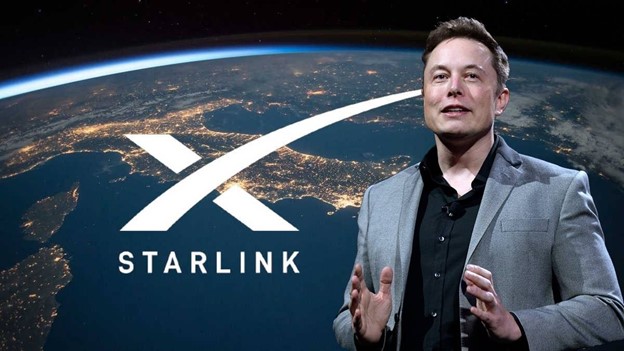Tech mogul Elon Musk marked a significant milestone today with the successful deployment of Starlink's groundbreaking Direct-To-Cell satellite via a SpaceX mission. This innovative satellite is poised to redefine internet access for its global user base.
SpaceX, under Musk's leadership, launched a fleet of 21 new Starlink satellites, notably featuring six Direct-To-Cell satellites, aboard the Falcon 9 spacecraft. Confirming the successful deployment at 10:20 am today, SpaceX has positioned all 21 Starlink satellites, marking a historic moment as the first-ever Direct-To-Cell satellite launched by Musk's company.
Starlink's Direct-To-Cell satellite promises to revolutionize communication by delivering text, internet, and mobile network coverage virtually anywhere with an unobstructed view of the sky, emphasizing its comprehensive and versatile coverage capabilities. Here's a comprehensive breakdown of the company's Direct-To-Cell service:
Starlink's Direct-To-Cell Service Explained
The inaugural Starlink Internet Direct-To-Cell satellite launched on January 3 is set to become operational in the coming days. Text-based services are slated to be activated in 2024, while voice, data, and IoT functionalities are expected to go live by 2025.
The Direct-To-Cell technology functions seamlessly with LTE phones, effectively serving as a space-based cell tower. Users will have access to services across diverse locations, contingent upon an active signal from the satellite, without requiring any external connections or additional hardware.
As per Starlink's official statement, the Direct-To-Cell-enabled satellites are equipped with advanced eNodeB modems that mimic traditional cell towers in space, enabling network integration akin to standard roaming partnerships.
Connectivity will extend to remote regions where Starlink has been introduced, granting Starlink Direct-To-Cell users cellular service across partner countries such as the US, Australia, Canada, New Zealand, Japan, Switzerland, and Chile.
The primary objective of Direct-To-Cell technology is to furnish high-speed connectivity in remote and rural areas where conventional networks encounter challenges. Anticipated benefits include faster and more reliable internet connections and cell services, catering to underserved regions globally.






